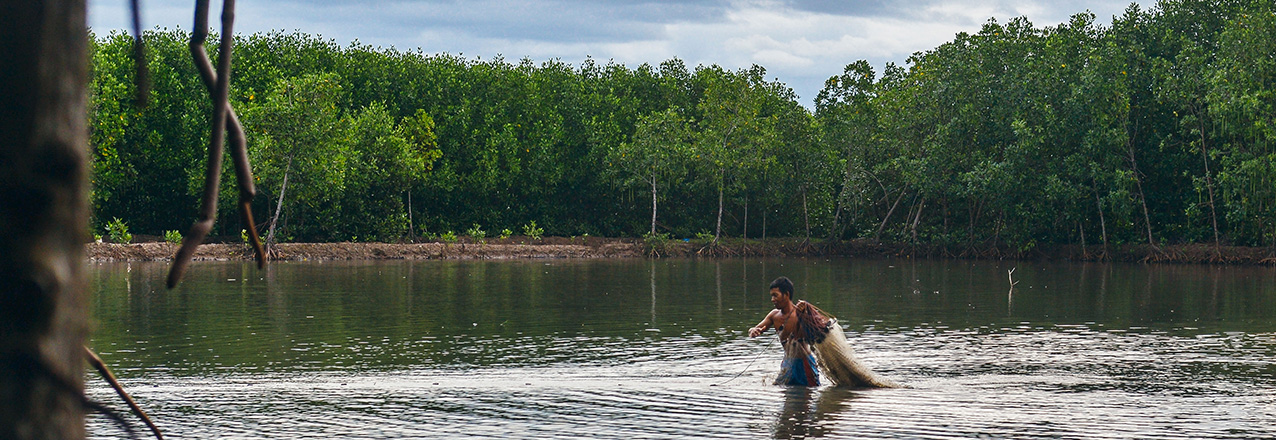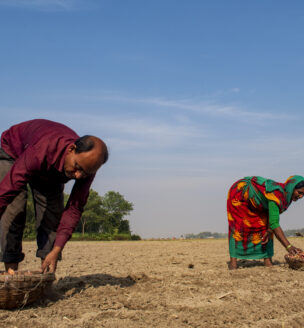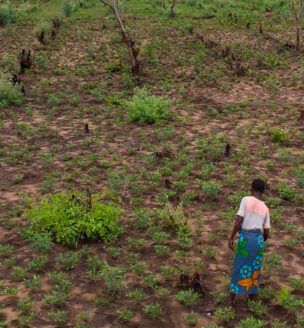Secure land tenure and resource rights are key drivers of biodiversity and sustainable natural resource management. However, both statutory and customary tenure systems are under stress in the face of global demographic growth, growing food scarcity, and environmental degradation of land, fisheries, and forest resources.
Where these rights are poorly defined and/or poorly enforced, natural resources and ecosystems can be quickly degraded because incentives to protect resources are weak or absent. This insecurity can lead to overgrazing of pasture land, poaching of wildlife, deforestation, ineffective watershed management, and poorly planned extractive industry investments, among other outcomes. Degradation and misuse of resources limit prospects for long-run economic growth and the diversified livelihood options that come from more effective natural resource management, particularly in the tourism sector and in mining, fisheries and forestry.
On the other hand, recognizing and securing rights over land and natural resources fosters stewardship. When individuals, communities and other groups, and legal entities have secure rights to land and resources, incentives shift in positive directions. Rather than poach or overuse, secure land and resource rights provide people with incentives to conserve resources because they are better able to capture future investment returns. Strengthening land and resource rights and improving enforcement capacity can help conserve biodiversity and natural resources as well as improve livelihoods and local governance.
Photo Credit: Stephen Brooks / USAID





